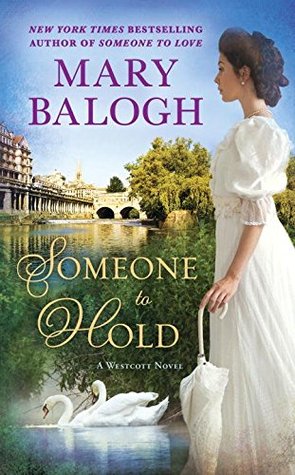 Someone to Hold (Westcott, #2)
Someone to Hold (Westcott, #2) by
Mary Balogh Formats available: paperback, large print, ebook, audiobook
Series: Westcott #2 Pages: 400
Published by Jove Books on February 7th 2017
Purchasing Info: Author's Website,
Publisher's Website,
Amazon,
Barnes & Noble,
Kobo,
Bookshop.org Goodreads Humphrey Wescott, Earl of Riverdale, has died, leaving behind a fortune and a scandalous secret that will forever alter the lives of his family—sending one daughter on a journey of self-discovery...
With her parents’ marriage declared bigamous, Camille Westcott is now illegitimate and without a title. Looking to eschew the trappings of her old life, she leaves London to teach at the Bath orphanage where her newly discovered half-sister lived. But even as she settles in, she must sit for a portrait commissioned by her grandmother and endure an artist who riles her every nerve.
An art teacher at the orphanage that was once his home, Joel Cunningham has been hired to paint the portrait of the haughty new teacher. But as Camille poses for Joel, their mutual contempt soon turns to desire. And it is only the bond between them that will allow them to weather the rough storm that lies ahead...
My Review:
 Someone to Hold is the “flip side” of the marvelous Someone to Love. The story in the first Westcott book was the story of Anna Snow, a teacher at the orphanage where she herself grew up. In Love, Anna discovers that she is the only legitimate child of the late and less-lamented-every-day Earl of Riverdale. She is suddenly and unexpectedly the sole heir to his fortune, while the title goes to a cousin.
Someone to Hold is the “flip side” of the marvelous Someone to Love. The story in the first Westcott book was the story of Anna Snow, a teacher at the orphanage where she herself grew up. In Love, Anna discovers that she is the only legitimate child of the late and less-lamented-every-day Earl of Riverdale. She is suddenly and unexpectedly the sole heir to his fortune, while the title goes to a cousin.
But Anna’s unexpected rise encompasses the equally unexpected fall of the family that for 20-plus years has believed that they were the legitimate ones. The woman who has always believed herself to be the Countess of Riverdale discovers that she was never married at all. Her husband was a bigamist. And that makes her son and her two daughters all bastards, in the legal sense if not the behavioral sense.
That particular bit of opprobrium is saved for others.
So Anna is up, and Viola, Camille, Abigail and Henry are down. And out. Out of society and out of money and seemingly out of friends.
Someone to Hold is Camille’s story. Her response to her sudden change in fortune does not at first make her a likable protagonist. She was a high-stickler when she thought she was a lady, settling for nothing less than perfection in all things. Now she herself is considered imperfect, and the perfect life she expect is now far beyond her reach.
During the first book she was particularly waspish and ill-tempered. Her family does love her, but no one seems to like her much, and it is easy for the reader to see why.
By the time that this book opens, she has gotten past some of the early stages of grief. Her life has irrevocably changed, and she comes to the realization that she can’t remain hidden in her grandmother’s house and under her grandmother’s protection, cozy and comfortable as it is.
She has to strike out on her own, and make something of the life she must now live. But what she does is what makes this story so good. Instead of wallowing, or instead of marrying the first man who promises to protect her, Camille determines to find out who she is now, and what she can make of herself.
She does it by marching up to the orphanage where Anna taught and asking for a position as a teacher, just as Anna was. It’s the surprise of Camille’s life when she gets the job. And even though she feels herself gasping and floundering every single day, it turns out to be a job that she is good at, even if in completely unconventional ways.
Along with the job, Joel Cunningham comes into her life. Joel is also a graduate of the orphanage, and is also a teacher. Specifically, he’s the art teacher. He was also Anna’s best friend and fancied himself in love with her.
He is not best pleased with Camille taking over Anna’s classroom. Or Anna’s students. Or even Anna’s room. But as they get to know each other, they come to realize that the way that they upset each other’s apple-carts is the best thing that ever happened to either of them.
If they can just manage to get out of their own way.
Escape Rating A-: Those who have read Someone to Love will be unable to resist Someone to Hold. And anyone who loves historical romance and has not read Someone to Love needs to get thee hence to a library or bookstore and read it!
But there’s a reason why Anna’s story was someone to love and not Camille’s. Camille was not at all lovable in Someone to Love, and she begins her own story still not being all that lovable. Or even, at the beginning, all that likable. It makes her difficult to warm up to as a protagonist.
(I started this book three times before I got past that point. Once I did, it was terrific. But definitely a hard start.)
Camille’s world has crumbled. The society that she had been trained to be perfectly suited for has rejected her, and for an issue where she is completely blameless. Nevertheless, she understands why this is so. But her plans have turned to dust and her prospects are non-existent. She is too proud to claw her way onto the lowest rung of society’s ladder and be content with that, and she doesn’t know what to do instead.
One of Camille’s issues is that Anna Snow is so very likable. Camille wants to hate her and maintain a distance from her, and Anna makes that very, very difficult. It also feels to Camille as if her close family are attempting to pretend that nothing material has changed, when everything has.
She is not who she thought she was, and the world is no longer her oyster.
Taking Anna’s old position and Anna’s old rooms makes an interesting twist, both for Camille’s story and her life. Camille makes it seem logical in her own head, but it is far from logical to anyone else. However, her determination to make a new life for herself is admirable. And fascinating to watch.
Although the relationship that develops between Joel and Camille has a bit more heat to it than the one between Anna and Avery, it is still a relationship that develops first into friendship before becoming love. Falling in love with your best friend IS still a good foundation for a marriage.
Even if in this case it does seem a bit like Camille begins by trying to take over or erase Anna’s life, what happens in the end is that Camille stands in Anna’s shoes and finds her own life. And it’s a lovely story.



















 Someone to Hold (Westcott, #2) by
Someone to Hold (Westcott, #2) by  Someone to Hold is the “flip side” of the marvelous
Someone to Hold is the “flip side” of the marvelous 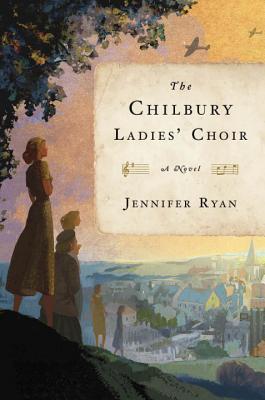 The Chilbury Ladies' Choir by
The Chilbury Ladies' Choir by 
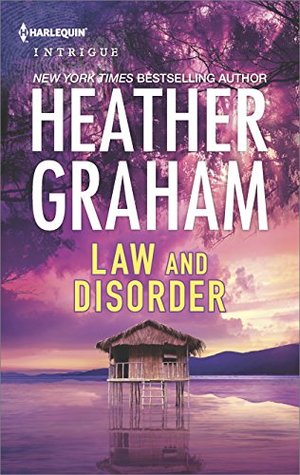 Law and Disorder by
Law and Disorder by 
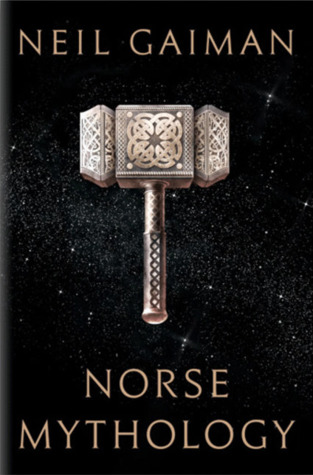 Norse Mythology by
Norse Mythology by 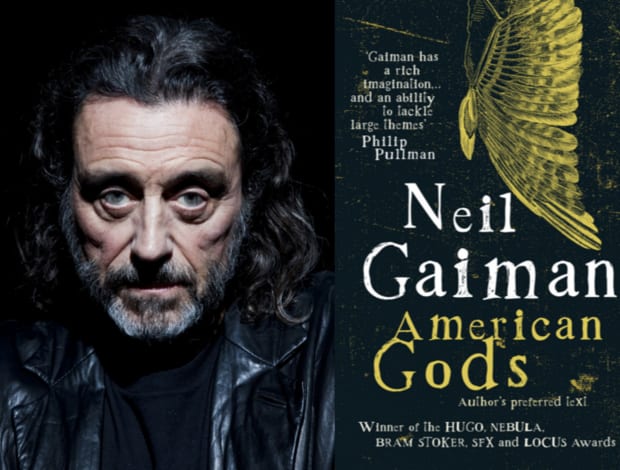

 Blog Recap:
Blog Recap: Coming Next Week:
Coming Next Week:


















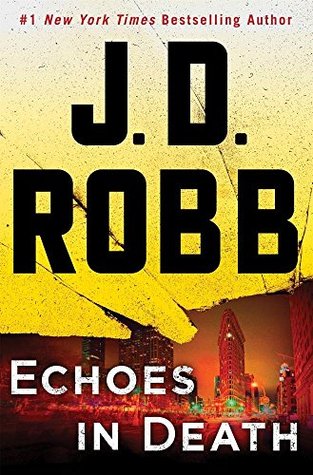 Echoes in Death (In Death, #44) by
Echoes in Death (In Death, #44) by 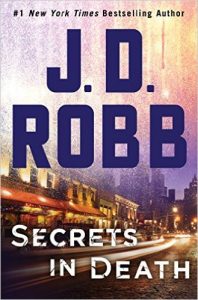 But this was one of their outings where I figured out who done it much, much too early. And once I knew who it had to be, a lot of the work of catching the sick bastard became anticlimactic. I did enjoy watching Eve bait him into a cage and kick the door shut behind him. Watching her wrap a suspect up in his own knots is always fun.
But this was one of their outings where I figured out who done it much, much too early. And once I knew who it had to be, a lot of the work of catching the sick bastard became anticlimactic. I did enjoy watching Eve bait him into a cage and kick the door shut behind him. Watching her wrap a suspect up in his own knots is always fun. Legion (Legion, #1) by
Legion (Legion, #1) by  Which he insists that he is. Normal, that is. Stephen Leeds believes that he is sane and that his aspects are the various forms of crazy. But whatever they are, they do have personalities and specialties of their own, and without the correct specialist Stephen doesn’t think he has access to parts of his genius.
Which he insists that he is. Normal, that is. Stephen Leeds believes that he is sane and that his aspects are the various forms of crazy. But whatever they are, they do have personalities and specialties of their own, and without the correct specialist Stephen doesn’t think he has access to parts of his genius.